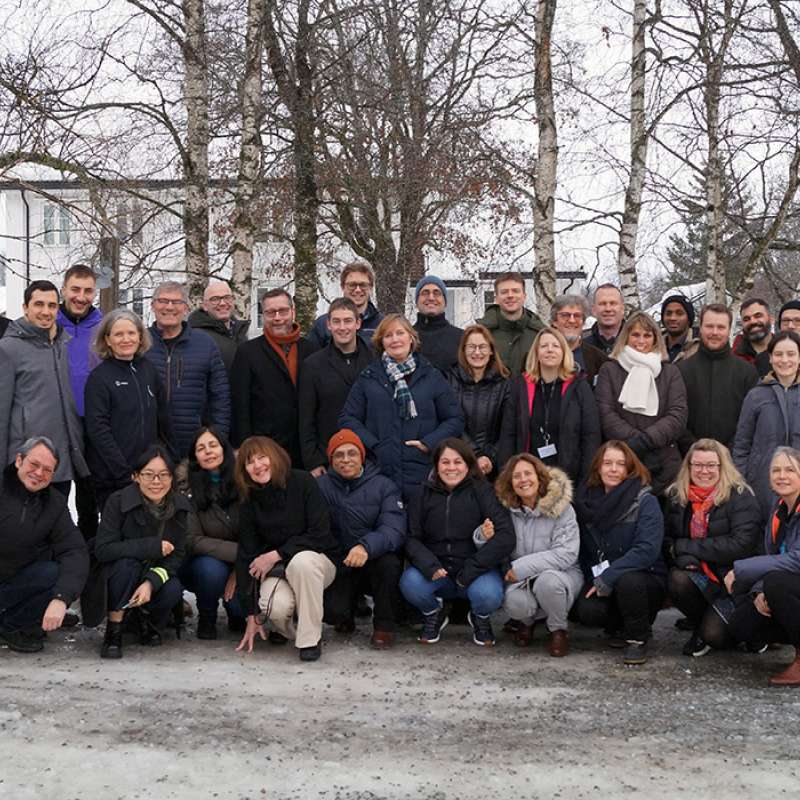Martin Pettersson
Forsker
(+47) 908 70 706
martin.pettersson@nibio.no
Sted
Ås - Bygg H7
Besøksadresse
Høgskoleveien 7, 1433 Ås
Biografi
Min forskning fokuserer på Phytophthora og soppsykdommer på skogstrær, juletrær og planter i planteskoler. Siden august 2018 har jeg jobbet på NIBIO ved Divisjon for bioteknologi og plantehelse, Avdelingen for Soppsjukdommer i skog-, jord- og hagebruk.
Forfattere
Martin PetterssonSammendrag
Det er ikke registrert sammendrag
Sammendrag
Det er ikke registrert sammendrag
Sammendrag
Det er ikke registrert sammendrag

Divisjon for bioteknologi og plantehelse
Plant Pest prevention through technology-guided monitoring and site-specific control
One of the ambitious goals of the Farm2Fork strategy is to reduce the use of pesticides in the EU by 50%. The expected increase in plant pests due to climate change, international trade and the intensification of food production systems offsets this target.

Divisjon for bioteknologi og plantehelse
Plant Pest Prevention through technology-guided monitoring and site-specific control (PurPest)
The main objective of PurPest is to control serious plant pests during import and to manage them in the field by developing a unique concept enabling pest detection in a timely and non-invasive manner.

Divisjon for matproduksjon og samfunn
Risk management of imported plants and seeds: possibilities for improved pest detection to prevent the introduction and spread of new pests
Plant pathogens and invertebrates harmful to plants continue to threatenfood security and natural habitats. In Norway, the responsibility of performingplant health inspections on imported plants has gradually shifted to importersof plants who are currently responsible for internal pest control and mustbe registered with the Norwegian Food Safety Authority.
